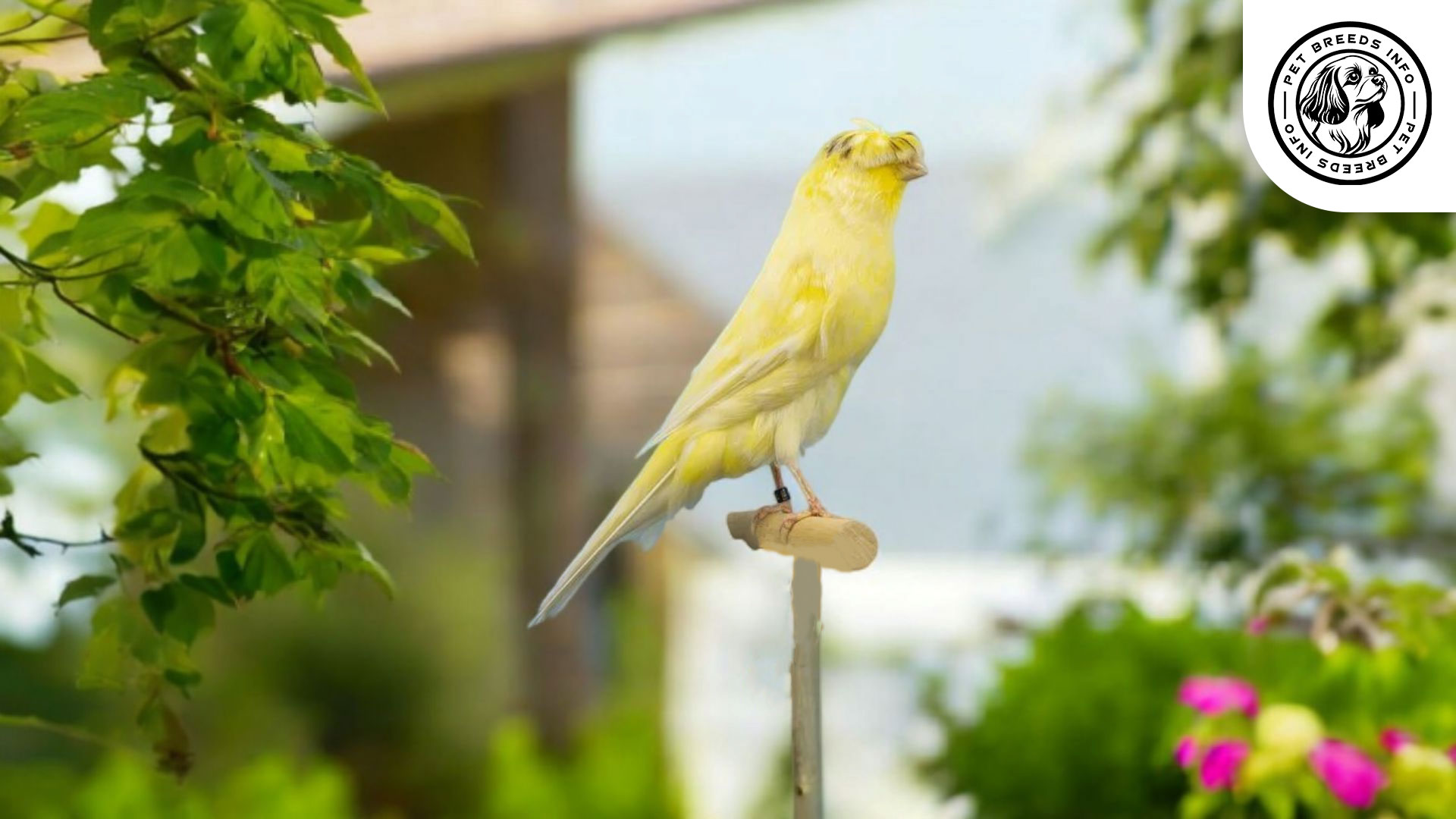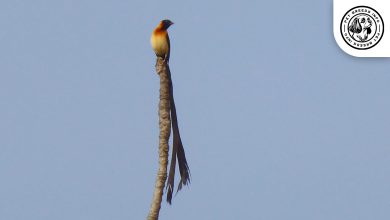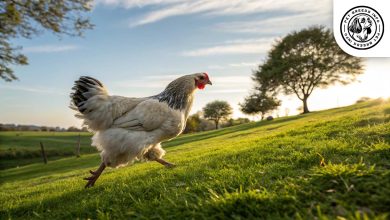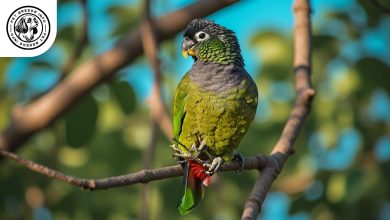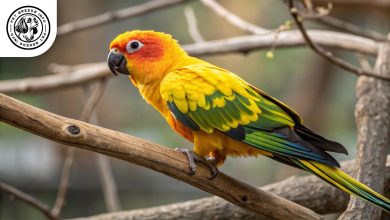Lancashire Canary Breed: Personality, Lifespan, Food & Care
General Introduction of the Breed
The Lancashire Canary, also known as the “Manchester Fancy” or “Lancashire Coppy”, is a domestic canary breed originating from Lancashire, England. This breed is one of the oldest and largest canary varieties, developed for its impressive size and striking appearance. It gained popularity in the 19th century and was widely bred for exhibitions. Unfortunately, it became rare due to decreased breeding interest but has recently seen efforts for revival.
Table of Contents
| Common Name | Lancashire Canary |
| Scientific Name | Serinus canaria domestica |
| Origin | Lancashire, England |
| Size | Up to 20 cm (8 inches) |
| Lifespan | 8–10 years |
| Colors | Yellow, buff |
| Talking Ability | Low; soft, pleasant song |
| Noise Level | Low to moderate |
| Social Behavior | Calm, social with humans and other canaries |
Physical Characteristics
The Lancashire Canary is known for its large size, often reaching up to 8 inches (20 cm) in length, making it the largest canary breed. It has a well-proportioned body with a long, slightly curved back.
Its feathers are smooth and tight, with common color variations including yellow and buff. Individuals with a “coppy” head type have a well-developed crest, while others have a smooth head.
The breed has round, dark-colored eyes that give it a pleasant and alert expression. Its tail is long and tapered, complementing its streamlined body shape.
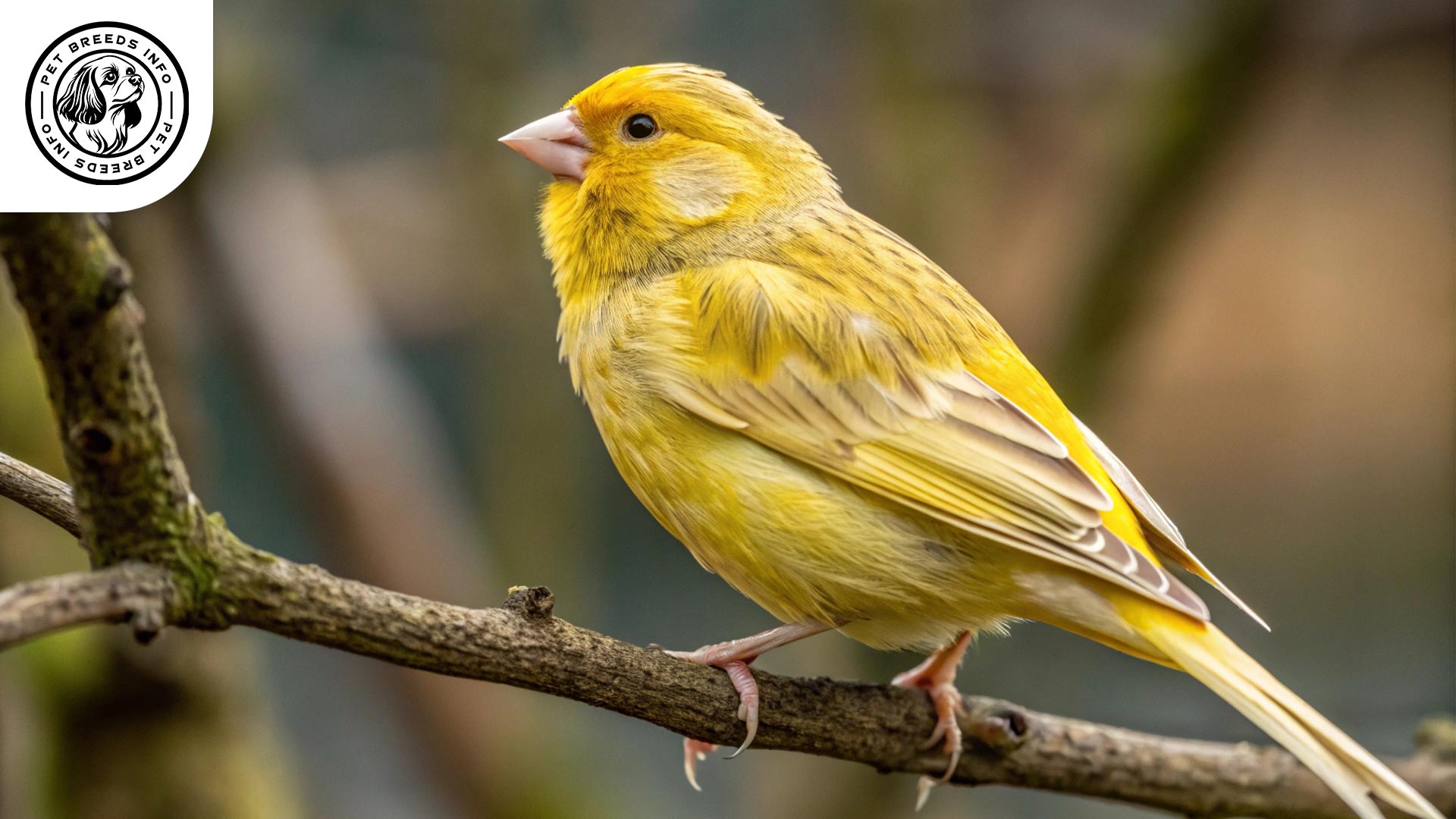
Personality and Temperament
The Lancashire Canary is known for its calm and friendly nature. It is generally easygoing and adapts well to captivity.
While not as melodious as some other canary breeds, it still possesses a soft and pleasant song. It is not overly playful but enjoys observing its surroundings.
This canary thrives in a stable environment and may be sensitive to sudden changes or loud noises. It is a social bird that enjoys human interaction, although it does not require constant handling.
Care and Maintenance Requirements
A spacious cage is essential to accommodate its large size and allow it to stretch its wings. It benefits from supervised out-of-cage time in a safe, enclosed space.
Regular cage cleaning is necessary to maintain hygiene. Bathing is recommended at least once a week to keep its feathers in good condition.
Read More: Goffin’s Cockatoo Bird
The Lancashire Canary is sensitive to extreme temperatures and should be kept in a stable, moderate environment. It is also crucial to provide it with adequate natural light exposure for its well-being.
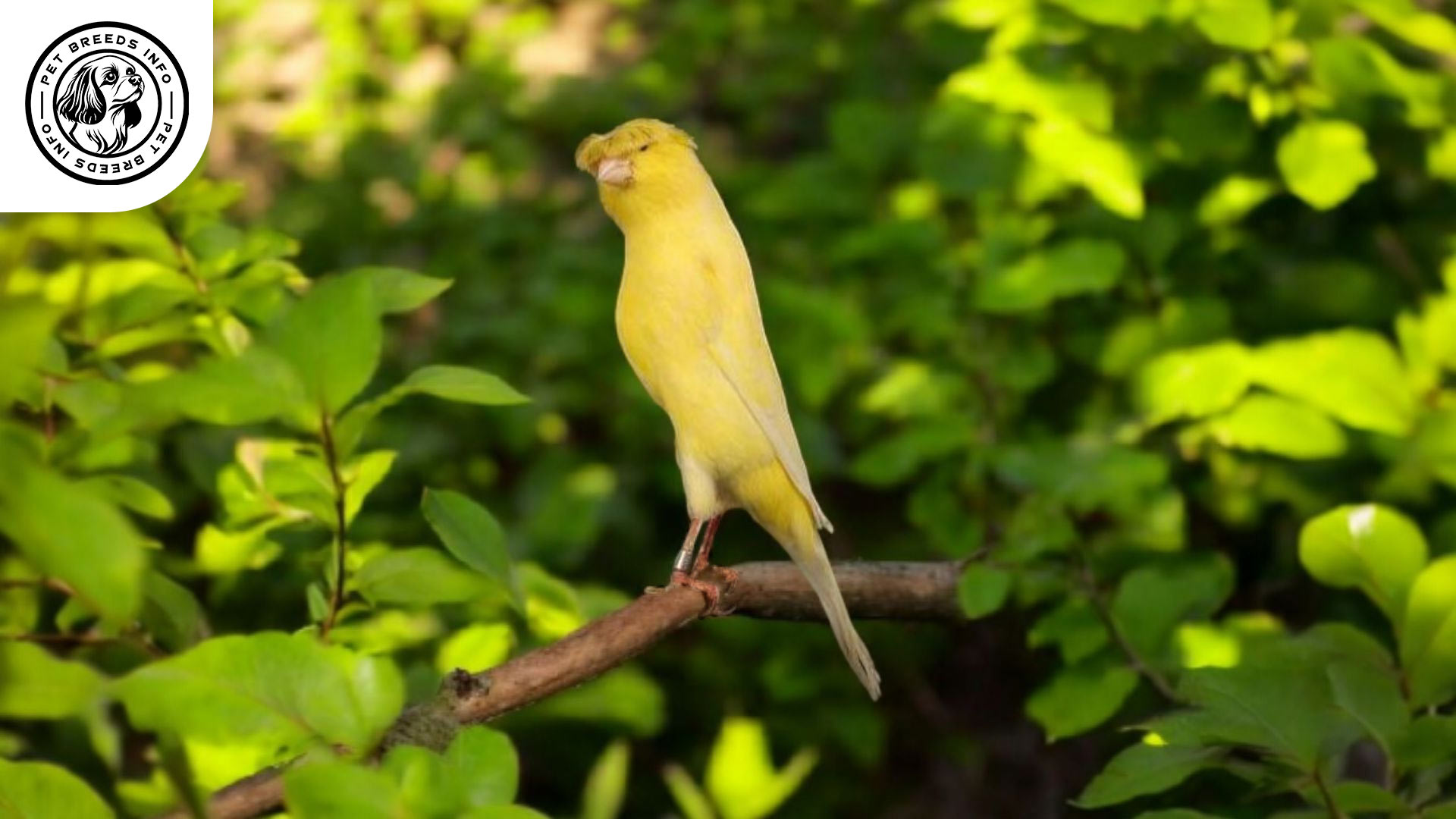
Diet and Nutrition
A balanced diet for this breed includes a high-quality canary seed mix supplemented with fresh fruits and vegetables.
Leafy greens, apple slices, and soft vegetables like cucumbers can be offered in moderation. Egg food is beneficial during molting and breeding seasons.
Owners should avoid giving their canary avocado, chocolate, caffeine, and salty or sugary foods, as these can be toxic to birds.
Health and Common Medical Issues
Like other canaries, the Lancashire Canary may be prone to respiratory infections if exposed to drafts or poor air quality.
Obesity can be a concern if it does not get enough exercise or is overfed.
Feather mites and air sac mites are common issues that may require veterinary attention.
With proper care, this bird has an average lifespan of 8 to 10 years.
Read More: Green-winged Pytilia Bird
Training and Behavior Management
Although canaries are not typically trained for tricks, they can be conditioned to respond to certain sounds and cues.
They should be introduced to their owners’ presence gradually to build trust and confidence.
Training positive behaviors, such as stepping onto a perch, can be reinforced with consistency and patience.
Interaction with Other Animals and Humans
The Lancashire Canary is a good companion for bird enthusiasts and does well in both solitary and communal aviary settings when housed with compatible birds.
It is generally tolerant of other canaries but may prefer its own space.
Due to its calm disposition, this breed is suited to families or individuals looking for a low-maintenance pet.

Price and Availability
The Lancashire Canary is relatively rare, making it more expensive than common canary breeds. Prices vary depending on quality and lineage, typically ranging from $100 to $300.
Reputable breeders and avian specialty stores are the best places to acquire this breed. Potential owners should ensure they purchase from ethical sources to support responsible breeding practices.
Conclusion and Final Thoughts
The Lancashire Canary is a magnificent pet bird, best suited for enthusiasts who appreciate its distinctive appearance and gentle nature.
Read More: Grosbeak Weaverfinch
It thrives in a calm, indoor environment with a dedicated owner who can provide proper care, nutrition, and companionship.
While not as commonly available as other canary breeds, those lucky enough to own one will enjoy the beauty and serenity it brings to their home.
FAQ
Is the Lancashire Canary good for beginners?
Yes, it’s a calm and low-maintenance bird, ideal for families or individuals new to bird care.
Does the Lancashire Canary sing well?
It sings a soft and pleasant song, but it’s less melodious compared to some other canary breeds.
What are common health issues for this breed?
They are prone to respiratory infections, feather mites, and obesity if not properly cared for.
What kind of cage is best for a Lancashire Canary?
A spacious cage that allows free wing-stretching and occasional supervised out-of-cage time.
Can the Lancashire Canary live with other birds?
Yes, it can live peacefully with other canaries but often prefers a bit of personal space.
